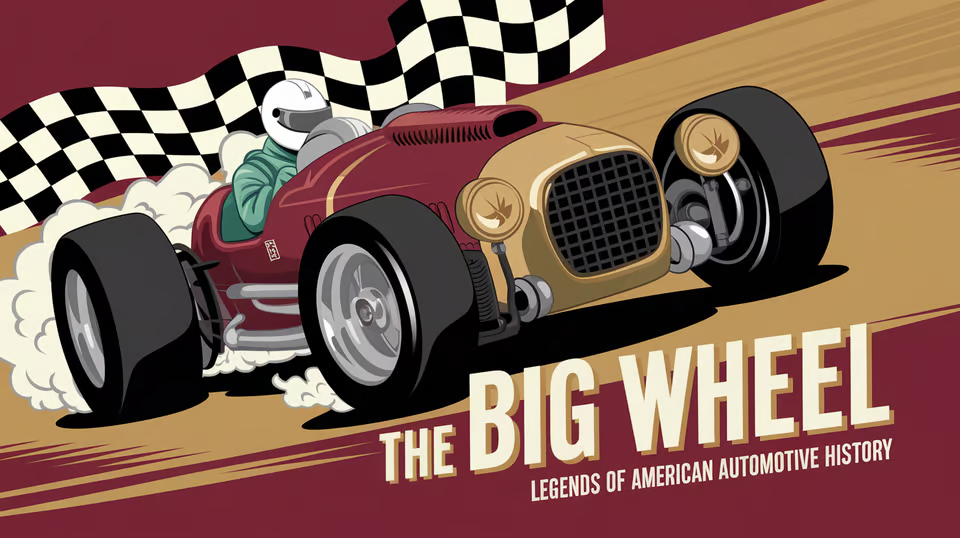Scott McLaughlin Criticizes F1’s Canadian GP Overlap with Indy 500
The world of motorsports has been buzzing with controversy after organizers decided to overlap the dates of the Canadian Grand Prix and the Indianapolis 500. This move hasn’t sat well with many in the racing community, especially Scott McLaughlin, who’s been pretty outspoken about his disappointment.
With three decades in sports journalism, I can’t help but dig into what this means for motorsports. Let’s look at the fallout, the heated reactions, and the bigger picture behind this scheduling mess.
The Overlap: A Controversial Decision
Contents
Scheduling the Canadian Grand Prix on the same weekend as the Indianapolis 500 sparked a lot of backlash. Both events are massive in their own right, drawing huge global audiences and shaping the storylines of the season.
Now, fans have to pick sides. That alone could water down the excitement and engagement for both races.
Impact on Viewership
Viewership is the first thing that comes to mind. The Canadian Grand Prix and the Indy 500 each pull in loads of motorsports fans, but with both happening at once, the audience gets split.
This could mean fewer eyes on each event, which usually translates to lower ad revenue and less buzz overall. The criticism from Scott McLaughlin really drives this home—he’s sad about the overlap and sees both races as crucial for the sport’s calendar.
Reactions from the Racing Community
Plenty of folks in the racing world have spoken out against the clash. Drivers, team owners, and fans all seem frustrated, and Scott McLaughlin has become a leading voice, urging organizers to rethink things.
Drivers’ Perspectives
For drivers, this is a real headache. Some compete in both Formula 1 and IndyCar, and now they’re forced to pick one.
That choice could mess with their careers and limit the level of competition at both events. It feels like organizers didn’t really consider the athletes who pour everything into racing.
On top of that, the overlap could skew the competitive balance. If top drivers miss out, the races might not be as thrilling. Calls for better planning and coordination keep getting louder.
Economic Implications
There’s more at stake than just bragging rights. Both races rake in serious money from ticket sales, sponsors, and media deals.
If viewership and attendance drop, the financial hit could ripple through the sport.
Sponsorship and Advertising
Sponsors and advertisers pour big bucks into these events, expecting major exposure. When fans are divided, brands might not get the spotlight they paid for.
That could mean lower returns for sponsors and maybe even less interest in future deals. Media rights might also take a hit—broadcasters pay for big audiences, and if numbers fall, they could push for cheaper contracts next time.
Looking Ahead: Potential Solutions
So, what now? The controversy makes it pretty clear that something needs to change. Organizers have to talk to each other and plan better so fans, drivers, and sponsors aren’t put in a tough spot.
Improved Scheduling Coordination
One fix could be for Formula 1 and IndyCar to actually coordinate their schedules. If they work together, fans wouldn’t have to choose, and drivers could show up for both events.
Another idea is a global motorsport calendar. If everyone spaced out their big races, maybe the whole industry would benefit. Sure, it would take a lot of cooperation, but isn’t it worth trying?
Fan Engagement Strategies
Even with better scheduling, it helps to keep fans hooked. Exclusive content, behind-the-scenes looks, and interactive stuff could go a long way, especially for those who can’t watch both races live.
Digital platforms and social media can help keep the hype alive, no matter what. At the end of the day, the goal should be to keep everyone—fans, drivers, sponsors, organizers—excited about these legendary events.
Conclusion
The choice to schedule the Canadian Grand Prix and the Indianapolis 500 on the same weekend has stirred up plenty of debate in the motorsport world. Fans and insiders alike have voiced concerns about how this overlap affects viewership and the racing community.
There’s also the matter of economic fallout. It makes you wonder—why risk splitting the audience? Maybe, with more coordination and a bit of creative thinking, organizers could find a better solution for everyone involved.


